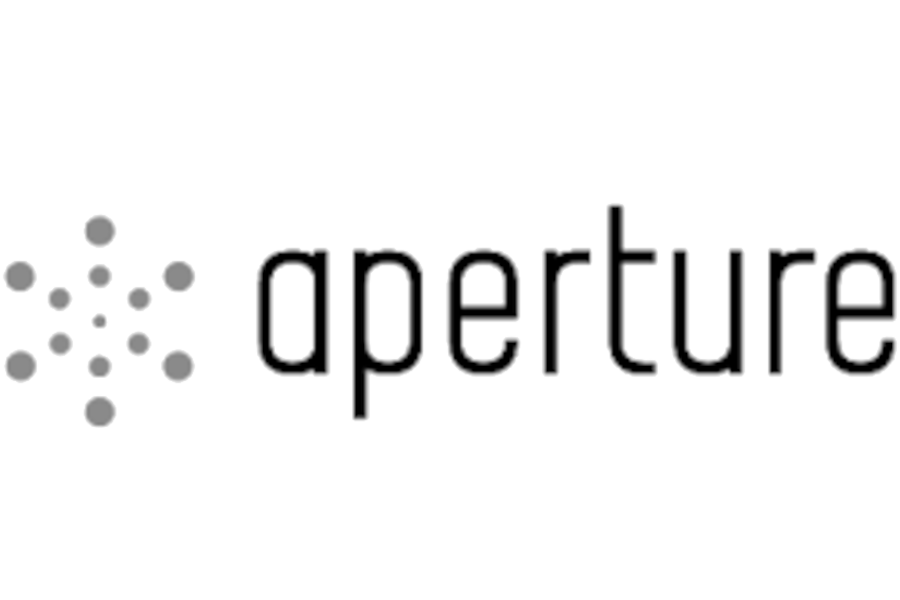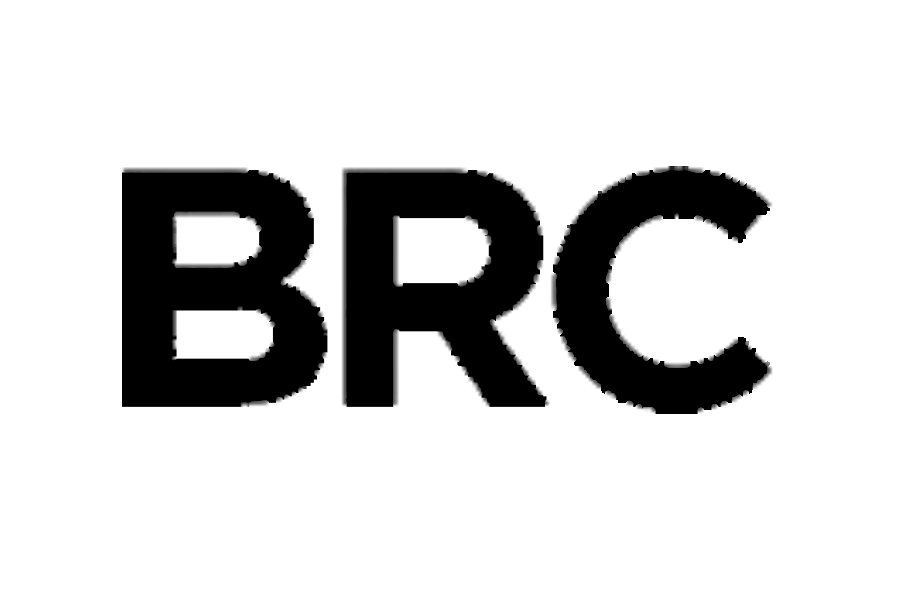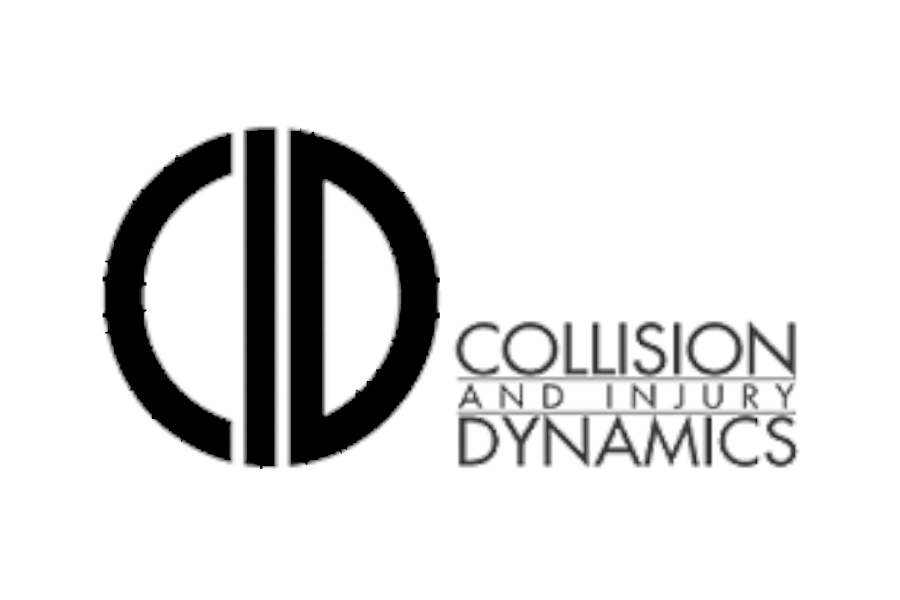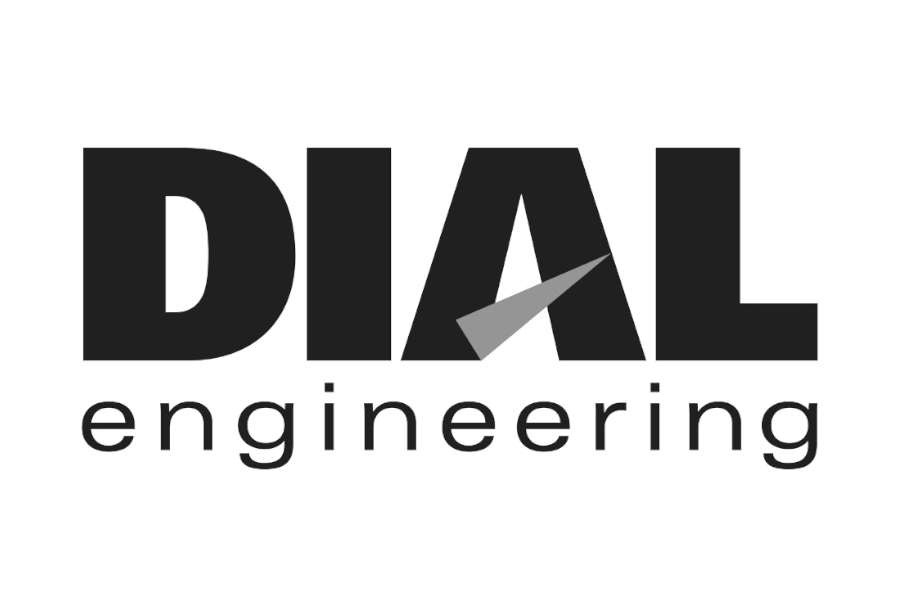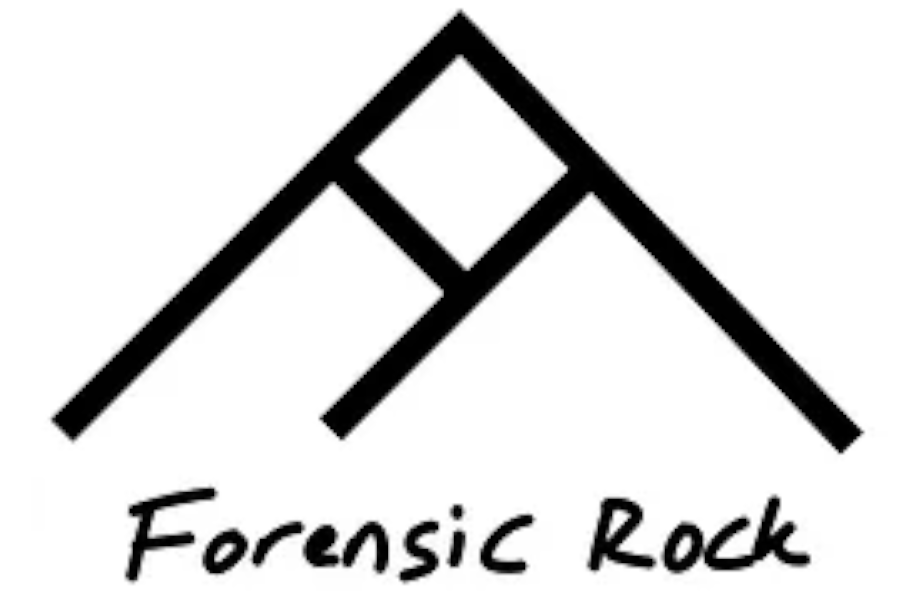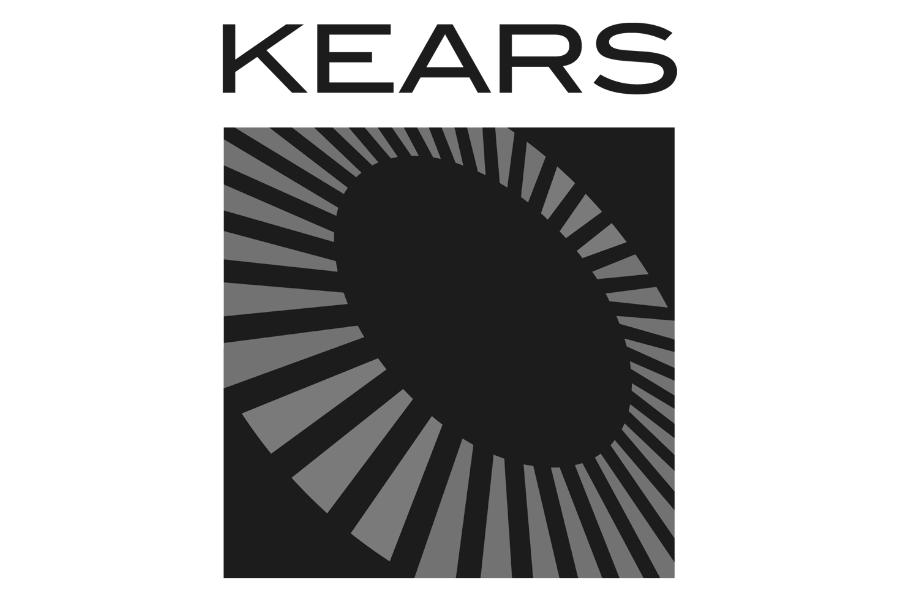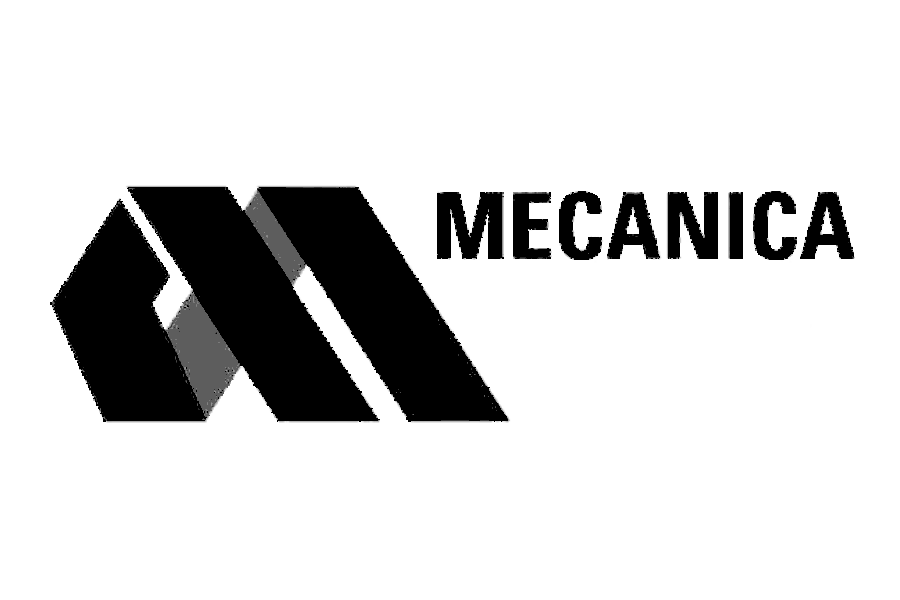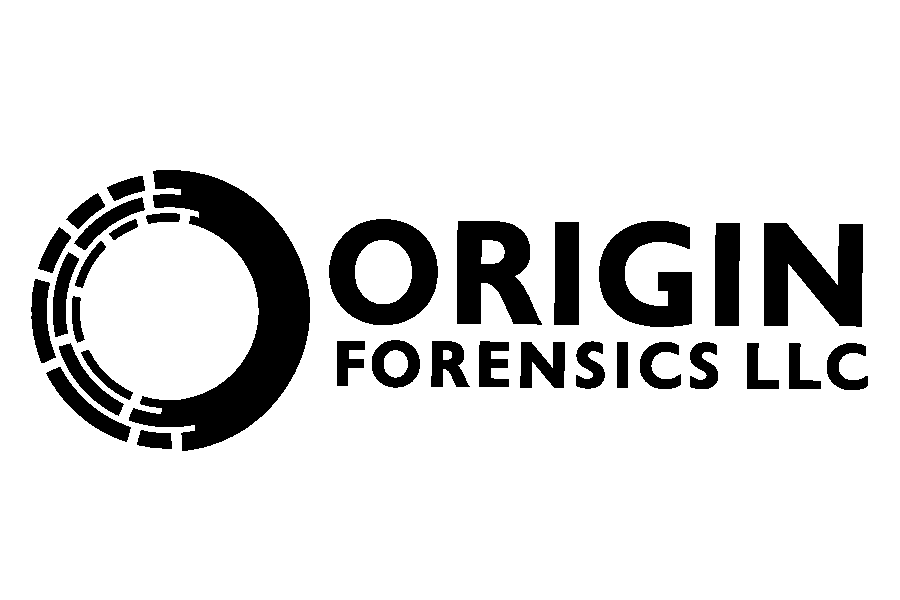How Accurate is Photogrammetry?
/Update (02/24/2016): We have recently completed a research project to quantify the accuracy of the photogrammetric method employed by Lightpoint, and have documented accuracy better than that of a high-end total station (2mm) or Faro Scanner, with average differences (between FaroArm measurements and photogrammetry measurements) of 1.2 mm. The full manuscript can be downloaded here.
I’m often asked how accurate photogrammetry is, usually in the context of crush analysis for accident reconstruction. There are two major factors to consider when answering this question: how accurate does it have to be for a proper crush analysis, and what is the actual, quantifiable accuracy.
My fellow collision reconstructionists will know that crush analyses don’t require hyper-accurate measurements. As my friend Wade Bartlett says, in the collision reconstruction tool box, crush analysis is the sledgehammer, not the scalpel. In SAE paper 880072, “Measuring Protocol for Quantifying Vehicle Damage from an Energy Basis Point of View,” Tumbas and Smith write, “It appears entirely satisfactory that estimates of net crush be recorded to the nearest integer value in inches. A field person might first retain the decimal portion in measuring the distance from the baseline as well as the free space, and then round up to the nearest inch…” OK, we now know we’re not looking for accuracy of a couple millimeters, photogrammetry just needs to provide accuracy of about an inch to be appropriate for crush analysis.
So, is this something photogrammetry can provide? The most recent and relevant research discussing this topic was conducted by Bryan Randles, et al, and titled “The Accuracy of Photogrammetry vs. Hands-on Measurement Techniques used in Accident Reconstruction” (SAE 2010-01-0065). In short, the authors measured four areas of vehicular deformation using a TOPCON total station and the Photomodeler photogrammetry package. Then, a group of qualified reconstructionists, including this author, implemented traditional hands-on techniques to measure the same areas of deformation. Measurements obtained via photogrammetry were found to be superior to traditional hands-on techniques. Specifically, while 95% of hands-on measurements will be within 5% of the true value, that number drops to 3% when using photogrammetry. Note, these errors are reported assuming the true measurement was obtained with the total station.
What do these numbers mean? Even in the case where a vehicle sustains 20 inches of crush, the error associated with the photogrammetrical solution would only be 0.6 inches. If the actual crush was 10 inches, the error would drop to 0.3 inches.
Dan Mills also performed an analysis in his white paper titled, “Semi-Automated Crush Determination Using Coded and Non-Coded Targets with Close-Range Photogrammetry,” and found similar results. Namely, Mills noted errors between 1.0 and 2.1 cm (0.39 - 0.83 inches). So, yes, photogrammetry is accurate, and more specifically, sufficiently accurate for crush analysis in collision reconstruction.
Thanks for reading! To receive updates when similar articles are posted, please subscribe to our newsletter here.
Louis Peck, MSME
ACTAR #1663
Director/Engineer
Lightpoint Data
www.lightpointdata.com





